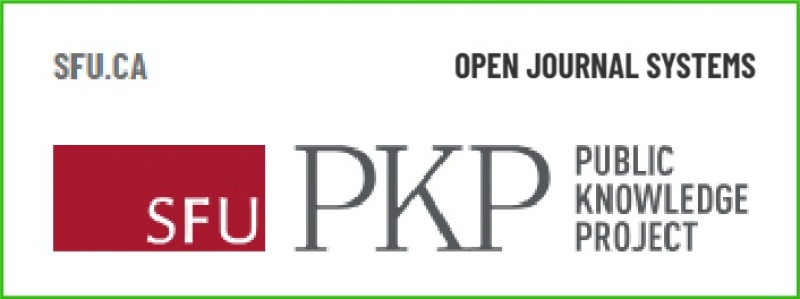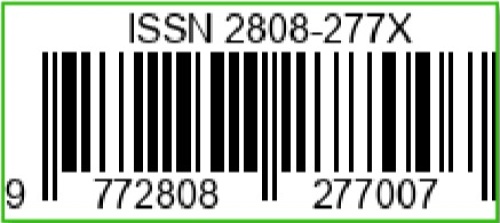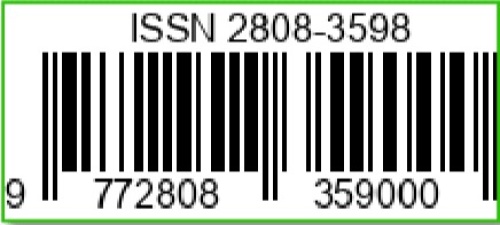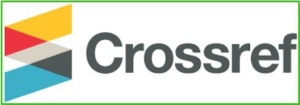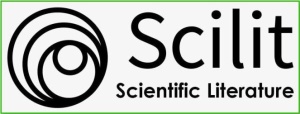Perbandingan Penambahan Air Tebu (Saccharum officinarum) dengan Tuak Manis (Arenga pinnata) sebagai Pengganti Gula terhadap Kualitas Nata De Coco
DOI:
https://doi.org/10.36312/bjkb.v2i2.65Keywords:
Sugarcane Water, Sweet Toast, Nata de Coco.Abstract
Nata is a gel-like material (agar) that floats on a medium containing sugar and acid formed by the microorganism Acetobacter xylinum. This study aims to compare the addition of sugarcane juice (Saccharum officinarum) with palm wine (Arenga pinnata) as a sugar substitute on the quality of Nata de Coco. The population in this study were all (Saccaharum officinarum) and (Arenga pinnata) in open land. This type of pure experimental research using Completely Randomized Design (CRD) seven treatments and four replications. Measurable parameters in the form of texture, color, and taste were assessed by means of organoleptic tests. The results show that Nata de Coco using coconut water as the basic ingredient (A) is better than that using sugar cane juice and palm wine with an average total texture of 3.3, color 2.76, and taste 3.12. Then the concentration of sugarcane juice with treatment of 75% sugarcane juice + 25% coconut water (B), is better than the concentration of sugarcane juice and palm wine (C,D,E,F,G). The data obtained were then analyzed using the Analysis of Variance (ANOVA) significant level 5%. The quality of Nata de Coco which uses a mixture of sugarcane juice concentration is better than that of using sweet palm wine.
Downloads
References
Astari, M. W. (2018). Pengaruh Variasi Konsentrasi Gula Batu terhadap Ketebalan, Rendemen dan Uji Organoleptik Nata de Fruit Peel. Skripsi. Universitas Sanata Dharma.
Baharudin., Muin, M., & Bandaso, H. (2007). Pemanfaatan Nira Aren (Arrenga pinnata Merr.) sebagai Bahan Pembuatan Gula Putih Kristal. Jurnal Perennial, 3(2), 40-43. https://doi.org/10.24259/perennial.v3i2.169
Herminingsih, A. (2010). Manfaat Serat dalam Menu Makanan. Jakarta: Universitas Mercu Buana.
Lutony, T. L. (1993). Tanaman Sumber Pemanis. Jakarta: PT. Penebar Swadaya.
Melliawati, R., & Djohan, A. C. (2013). Analisis Karboksimetil Selulosa dari Bakteri Acetobacter xylinum dan Acetobacter sp. RMG-2. Berita Biologi: Jurnal Ilmu-ilmu Hayati, 12(3), 1-10. 10.14203/beritabiologi.v12i3.642
Nurdyansyah, F., & Widyastuti, D. A. (2017). Pengolahan Limbah Air Kelapa Menjadi Nata de Coco oleh Ibu Kelompok Tani di Kabupaten Kudus. Jurnal Kewirausahaan dan Bisnis, 21(11), 1-9. https://doi.org/10.20961/jkb.v21i11.20900
Sugiyono. (2014). Metode Penelitian Pendekatan Kuantitatif, Kualitatif, dan R & D. Bandung: CV. Alfabeta.
______. (2017). Metode Penelitian Kuantitatif Kualitatif dan R&D. Bandung: CV. Alfabeta.
Sutarminingsih, L. (2004). Peluang Usaha Nata de Coco. Yogyakarta: Kanisius.
Tarigan, M. J. (2015). Analisis Keragaman Beberapa Genotipe Tanaman Tebu (Saccharum spp.) di Sumatera Utara Berdasarkan Marka RAPD (Random Amplified Polymorphism DNA). Thesis. Universitas Sumatera Utara.

Downloads
Published
How to Cite
Issue
Section
License
Copyright (c) 2022 Mustamin & Iwan Sanderia

This work is licensed under a Creative Commons Attribution-ShareAlike 4.0 International License.
-
Attribution — You must give appropriate credit, provide a link to the license, and indicate if changes were made. You may do so in any reasonable manner, but not in any way that suggests the licensor endorses you or your use.
-
ShareAlike — If you remix, transform, or build upon the material, you must distribute your contributions under the same license as the original.

